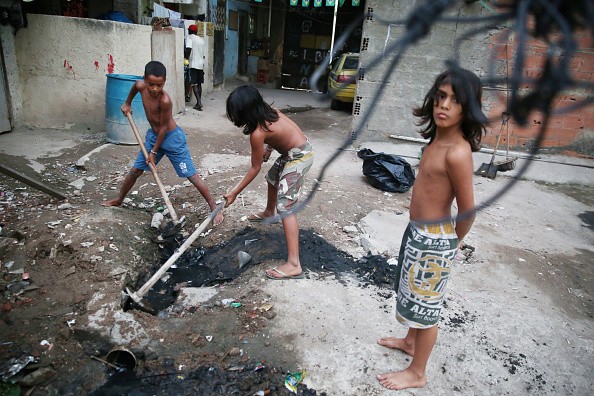
Typhoid is found in many parts of the world, but a new version of typhoid bacteria is showing up in Asia and Africa that is resistant to several antibiotics. A study has found that the antibiotic-resistant strains of Salmonella enteric Typhi are pushing out the strains that can be treated with antibiotics, a process that is transforming the global population for this bacteria.
The study was published in Nature Genetics and involved the work of 74 researchers in almost two dozen countries.
In the study, researchers sequenced the genomes-the entire genetic map-of 1,832 samples of the S. Typhi bacteria that were collected from 63 different countries between 1992 and 2013. They found that 47% of these samples were from the H58 family drug-resistant strains. The H58 strain probably first emerged in South Asia about 30 years ago. It spread from there to Southeast Asia, Western Asia, East Africa, Fiji, and Southern Africa.
The pushing out of strains of typhoid that are treatable with antibiotics by the superbug version is troubling, according to the researchers. "H58 is displacing other typhoid strains, completely transforming the genetic architecture of the disease and creating a previously underappreciated and on-going epidemic," the researchers said in a statement
Typhoid is spread through food or water that is contaminated with feces or urine from someone who is infected. The symptoms include nausea, high fever, abdominal pain, and sometimes pink spots on the chest. Public health measures such as better sanitation and clean water supplies have cut the incidence of typhoid globally. Typhoid is fatal in as many as 20% of cases, but some people can carry the bacteria and be unaffected. The most famous example of a healthy carrier was Mary Mallon, a cook who became better known as Typhoid Mary.
According to the U.S. Centers for Disease Control and Prevention, about 21.5 million people come down with typhoid each year. There are about 5,700 cases of typhoid in the United States each year, mostly in people who were travelling in countries where the disease is common.



